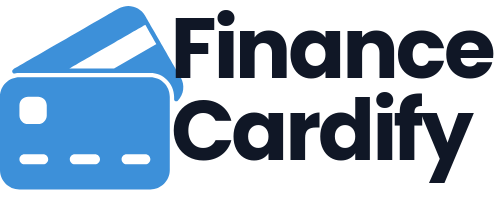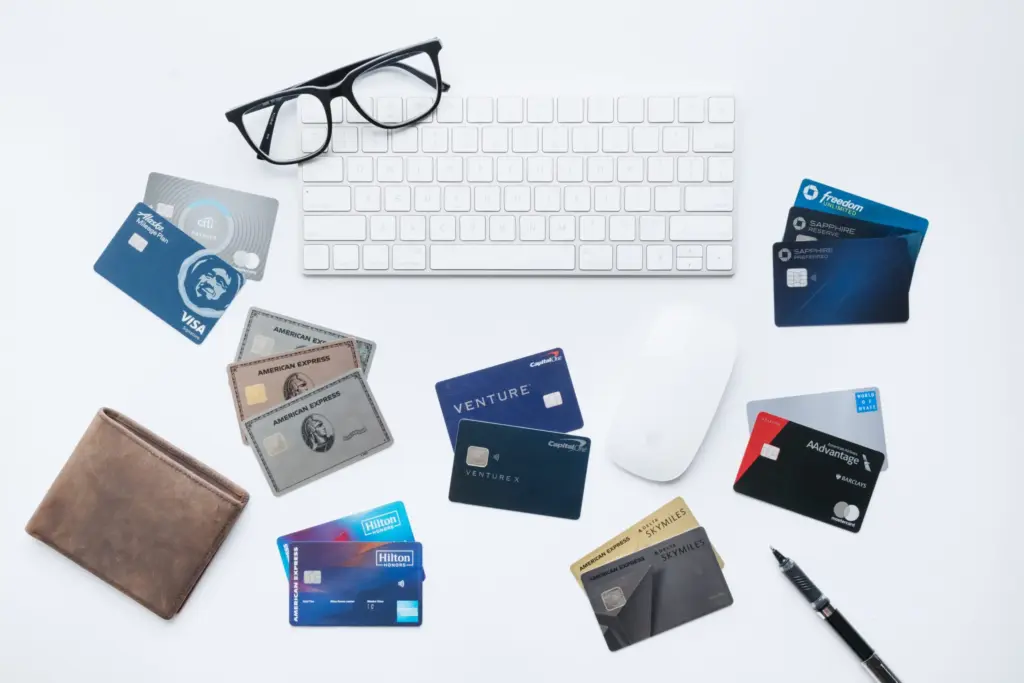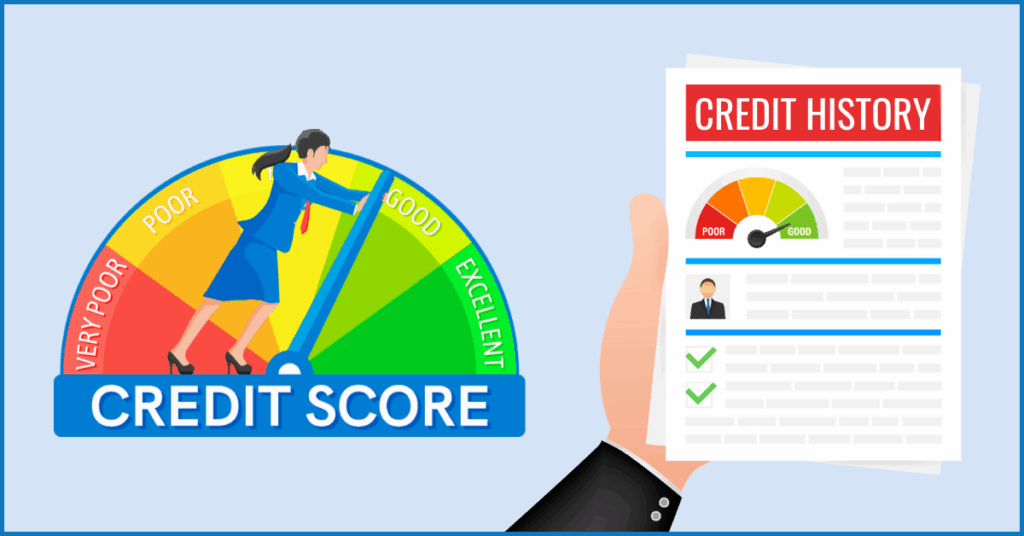
Top Cybersecurity Threats and How to Protect Yourself Online
The digital realm, while offering unprecedented convenience and connectivity, also harbors an increasingly complex and dangerous landscape of cyber threats. As technology evolves, so does the sophistication of cybercriminals, making proactive personal cybersecurity an absolute necessity, not just for large organizations, but for every individual user. The financial toll of cybercrime is staggering, reinforcing the need for continuous vigilance and adaptation in our online habits. Understanding the predominant threats is the first, crucial step toward building a robust personal defense. The Evolving Threat Landscape: What’s Hot and What’s Dangerous The nature of cyber threats is in constant flux, driven by technological advancements and the criminal economy. Staying current with the top dangers helps in prioritizing defense efforts. 1. The Rise of AI-Powered Phishing and Social Engineering Phishing remains the most common gateway for cyberattacks, but it has evolved far beyond poorly worded emails. Attackers are now leveraging Artificial Intelligence (AI)










